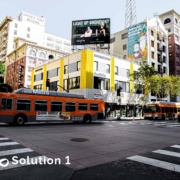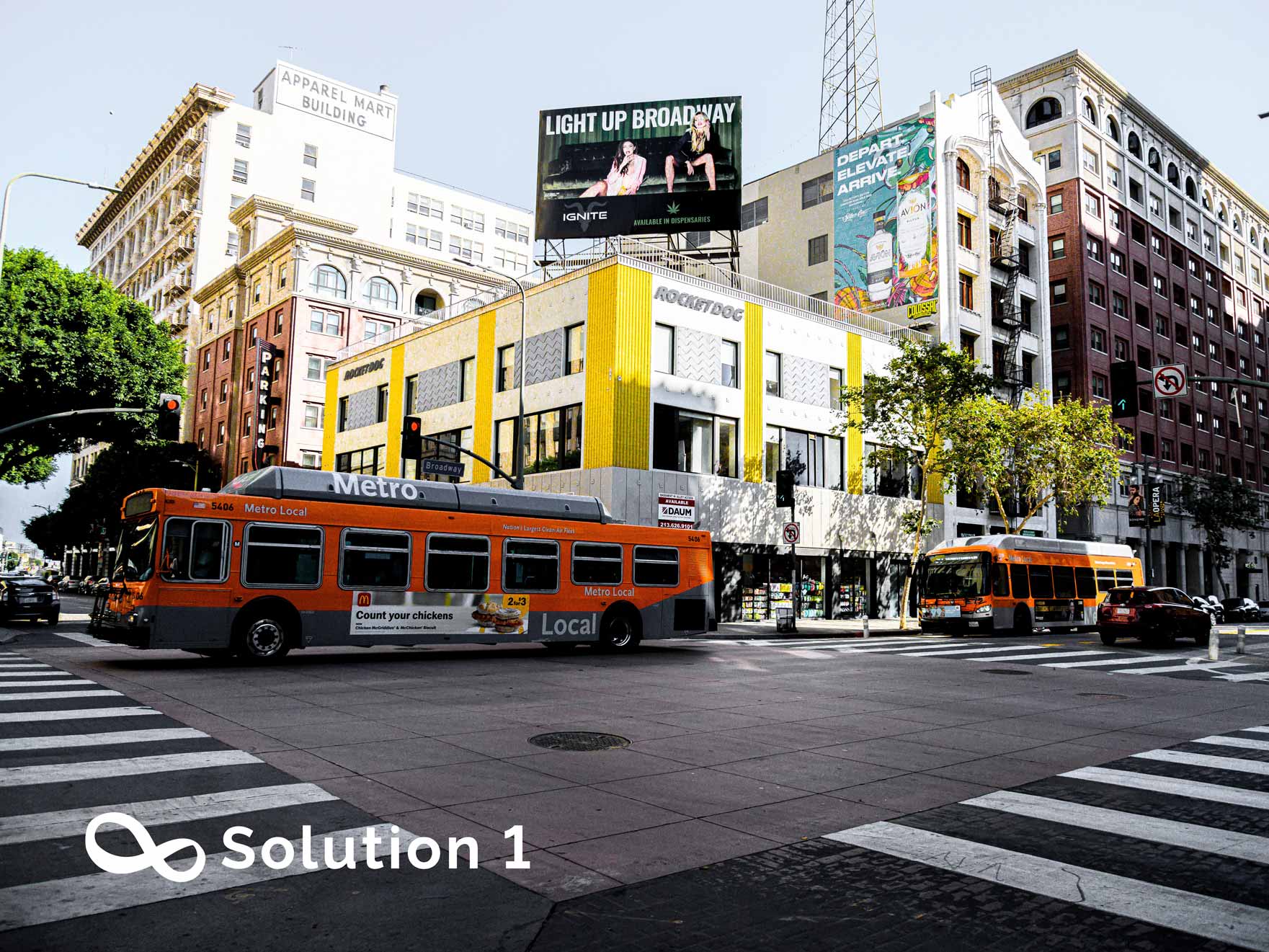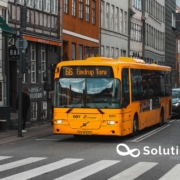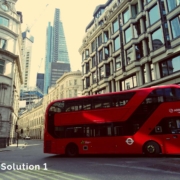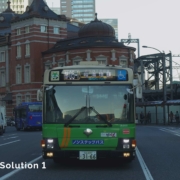The transport sector is the source of most greenhouse gas emissions and is a major cause of air pollution in cities.
- The development of the internal combustion engine has been driven to the last ditch.
Diesel power currently dominates transit buses. Finite fossil fuel reserves and increasing global demand present uncertainties around the long-term availability. Additionally, climate change concerns and emissions make diesel power less attractive than alternatives in most settings. Furthermore, many travelers may dislike the noise and exhaust emissions while waiting for boarding and alighting diesel buses.
The conventional Internal combustion engine-driven vehicles emit high carbon dioxide emissions in the air leading to various environmental problems and hence resulting in the degradation of the environment. Some companies are paying high penalties for high carbon dioxide emissions. Nowadays, electric vehicles can be a solution to these problems as they can help to make the country pollution free and least dependent on oil-rich countries.
The transport sector is the source of most greenhouse gas emissions and is a major cause of air pollution in cities. In recent years, although there have been vehicle efficiency improvements, transport has not seen the gradual emission decline achieved in many other sectors due to increases in transport demand.
“According to Markets and Markets, the growth of the Electric Bus Market can be attributed to the increasing focus of countries on electrification of their public transport fleets with subsidies and favorable regulations due to emission concerns. Advancements in battery pack technologies, declining battery prices, government support, huge subsidies along with tax exemptions, and innovations in electric powertrains are some of the major factors driving the growth of the electric bus and coach industry.”
Local authorities have a crucial role in transforming the sector through implementing incentives for zero-emission transport and improving public transport. Zero-emission buses, including electric buses and fuel cell buses, are considered vital to a sustainable urban transport system.
- Electrification of public buses has been presented in the first decade of the 21st century.
Electrification of public bus transport has been presented in the public space for several decades. The precursors of electric buses were trolleybuses. However, those vehicles have some disadvantages including a high cost of network maintenance and low mobility and operational flexibility. Trolleybuses have therefore been just preserved in very few cities in Europe.
Modern designs of electric buses began to appear more frequently in the first decade of the 21st century. Among others, China, the USA, and many other European Union countries decided to buy electric buses. Great interest in the electric bus market is progressing along with growing social awareness of environmental protection.
“According to Markets and Markets, in the electric bus Market, by the length of the bus, the 9–14 m segment is the largest market. The 9–14 m segment is dominating the electric bus segment due to the large volumes of electric passenger buses used in the public transport fleet. These buses can travel up to 350 km on a single charge and can carry >350 kWh battery pack.”
A bus uses 60% less fuel to move 100 passengers over typical metropolitan distances of 10 to 40 kilometers. A 10% passenger shift from cars to buses has been estimated to reduce carbon emissions by over 400,000 tonnes a year. On electrification of bus fleets, besides achieving the zero-emission objective, it is widely agreed that the total cost of ownership of an electric bus will continue to decline, driven by the reduction in battery price and continued lower energy consumption.
Electric buses have a number of advantages, including being zero-emission at their place of use, and they do not emit noise associated with engine operation. Those advantages are the reason that they are willingly considered by the local authorities to operate in city center zones. However, electric buses also have disadvantages, such as a high price and the need to provide infrastructure for charging.

